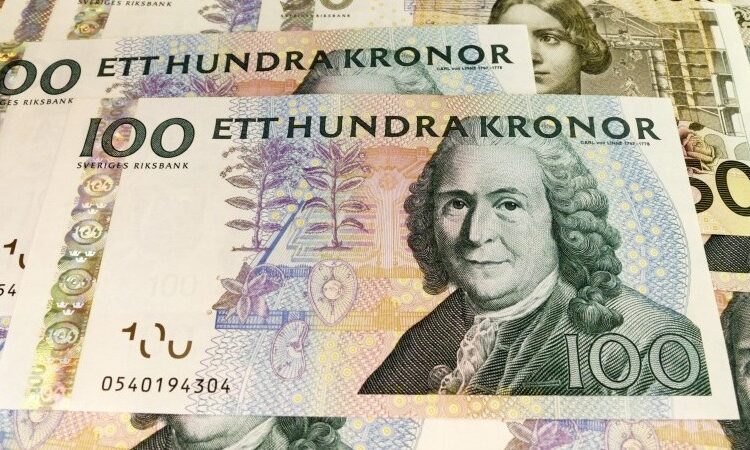
ECB and Riksbank policy
We expect the ECB to hike by 125bp by mid-2023, in line with the Governing Council’s recent rhetoric and the improved economic outlook in the eurozone. That would take the deposit rate to 3.25%, which is currently what markets are pricing in. Unlike the Fed, we expect rate cuts will only be a 2024-2025 story in the eurozone.
We expect 75bp of hikes by the Riksbank, but 100bp are also on the table
The Riksbank’s policy rate is currently at 2.50% and our baseline scenario sees 75bp of additional hikes in Sweden and a peak rate of 3.25% like the ECB deposit rate. This is in line with market expectations. We see, however, an elevated risk of 100bp being delivered. The reasoning behind this is that: a) inflation is still very elevated in Sweden (CPIF 10.2% year-on-year, core CPIF 8.4% YoY) and proved rather sticky in latest reads; b) there is a rather explicit interest by the Riksbank to support the krona (which would help fight inflation).
On this second point, the most straightforward approach to support SEK is not to underdeliver compared to market expectations on monetary tightening, especially at a time when the ECB is hiking aggressively. In our baseline scenario, we see the EUR-SEK short-term rate differential being capped as ECB tightening is fully priced in and the Riksbank can still moderately surprise markets on the hawkish side.
The Riksbank explictly wants a stronger krona
The timing of rate cuts is another important point, especially for the EUR/SEK outlook in 2H23. In our view, for the same reasons mentioned above – and especially the Riksbank’s preference for a stronger SEK – the discussions about monetary easing will be delayed as much as possible. We currently pencil in the first rate cut by the Riksbank in 2024, and we expect it to come a few months before a similar move by the ECB.
Another approach to support the krona could go through FX reserves. The Riksbank accelerated the build-up of its FX reserves in early 2022, which essentially implied selling SEK to purchase foreign currencies (mainly USD and EUR). This seemed counterintuitive given the desire for a strong currency, but the Riksbank highlighted how reserve management was not part of the monetary policy framework.



